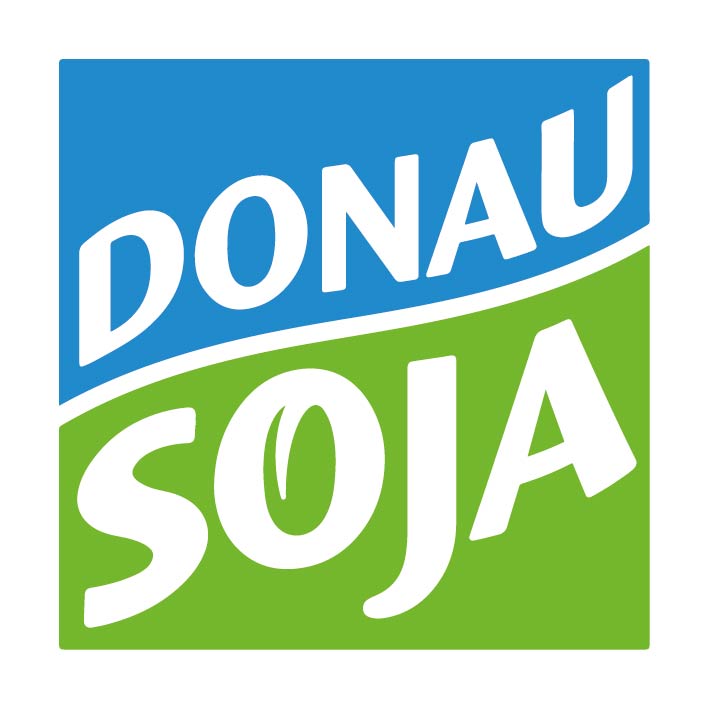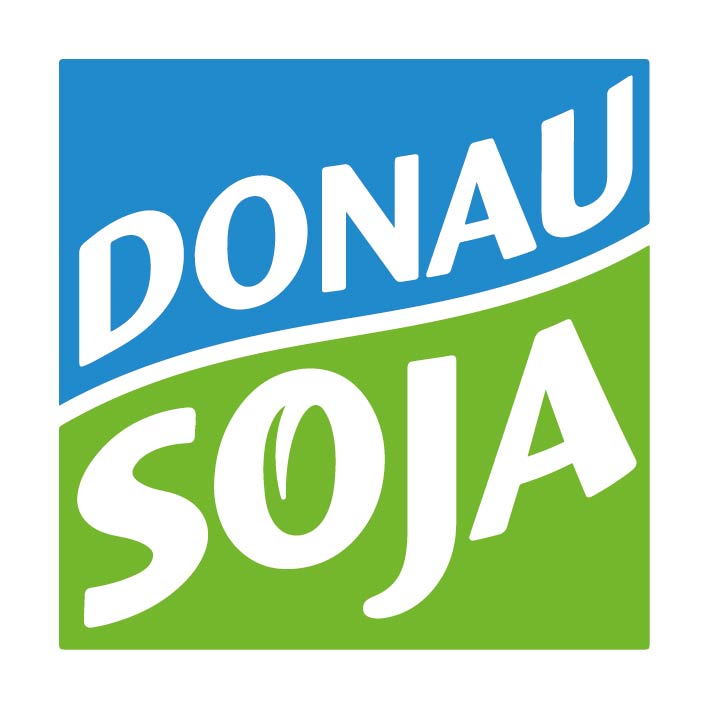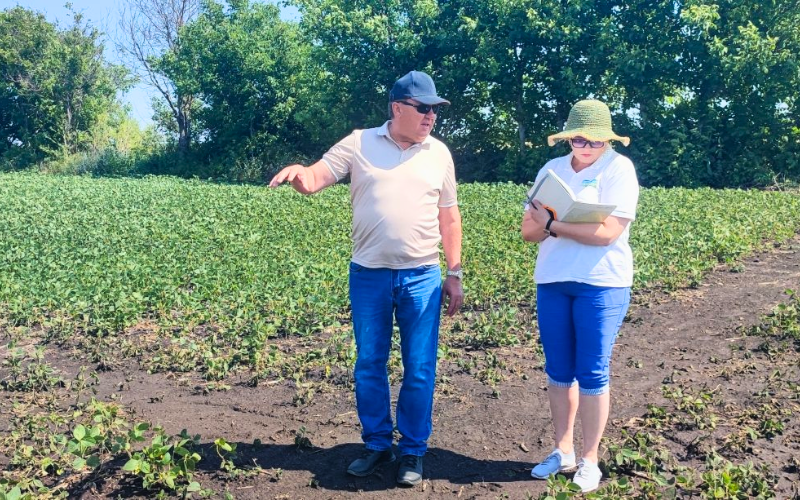As climate change continues to reshape farming conditions across Europe, effective water management is becoming essential for resilient agriculture. In Moldova, for example, rising temperatures and unpredictable rainfall are challenging traditional practices. Soya, a valuable crop for crop rotation and its high protein content, is one of the crops most affected by water stress.
While soya is relatively drought-tolerant, achieving high yields still depends on adequate soil moisture. The crop typically requires 1,500–1,900 m³ of water to produce one tonne of soya in the northern region of Moldova.
Donau Soja member Agro-Panfil has taken a proactive step by introducing irrigation to its soya production system in northern Moldova. Their demonstration plot, implemented under the Donau Soja Standard and supported by the Austrian Development Agency (ADA), shows how targeted irrigation can boost yield potential while ensuring the sustainable and responsible use of water resources.
Why does irrigation matter for soya yields?
Soya is particularly sensitive to water stress during key growth stages. While the early development phases (germination and seedling emergence) can tolerate dry conditions, the plant becomes vulnerable during bud formation, flowering and pod development (R1–R4). Later, during grain filling (R5–R6), a consistent but moderate water supply is critical. Irrigation is typically paused in the ripening phase.
At Agro-Panfil, irrigation was started during the bud formation stage using mobile sprinkler systems. Water is sourced from the Cubolta River, which is part of the Nistru basin, and is pumped to the fields using mechanised systems. Irrigation is timed for the cooler hours of the day to minimise evaporation and prevent heat stress in the plants.
Legal and environmental requirements for irrigation in Moldova
To legally use water for agricultural irrigation, farmers must obtain an Environmental Authorisation for Special Water Use from the Environment Agency, in accordance with Moldova’s Water Law. This includes a water quality assessment for parameters such as pH, salinity, sodium ratio and chlorine levels. All water use must be documented in a Water Consumption Record Book, and farmers are required to submit an annual report. Using water without authorisation is illegal and may result in fines or suspension of farming activites.
Practical recommendations for farmers
- Obtain environmental authorisation and conduct water quality tests before irrigating.
- Monitor soil moisture levels and irrigate only when needed.
- Check local weather forecasts daily. Watering before a rain can be unnecessary or even harmful.
- Focus on critical crop phases such as flowering and pod formation.
- Avoid irrigating during the hottest hours to reduce plant stress and water loss
- Consider mulching and reduced tillage to retain soil moisture
- Use drought-tolerant varieties and improve soil structure through crop rotation (e.g. alfalfa, wheat)
Agro-Panfil’s approach illustrates how modern irrigation, when combined with good agronomic practices and compliance with environmental standards, can support sustainable, high-quality soya production, even in regions facing increasing climate risks.
This article is based on a field update by Dr Ela Malai, Donau Soja Moldova.
Read the full article in Romanian here: https://agrobiznes.md/agro-panfil-am-inceput-irigarea-soiei-acte-necesare-sfaturi.html


